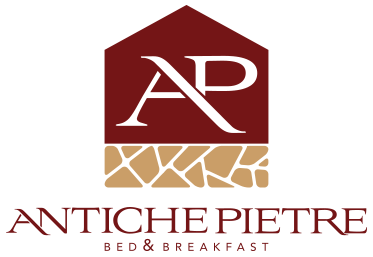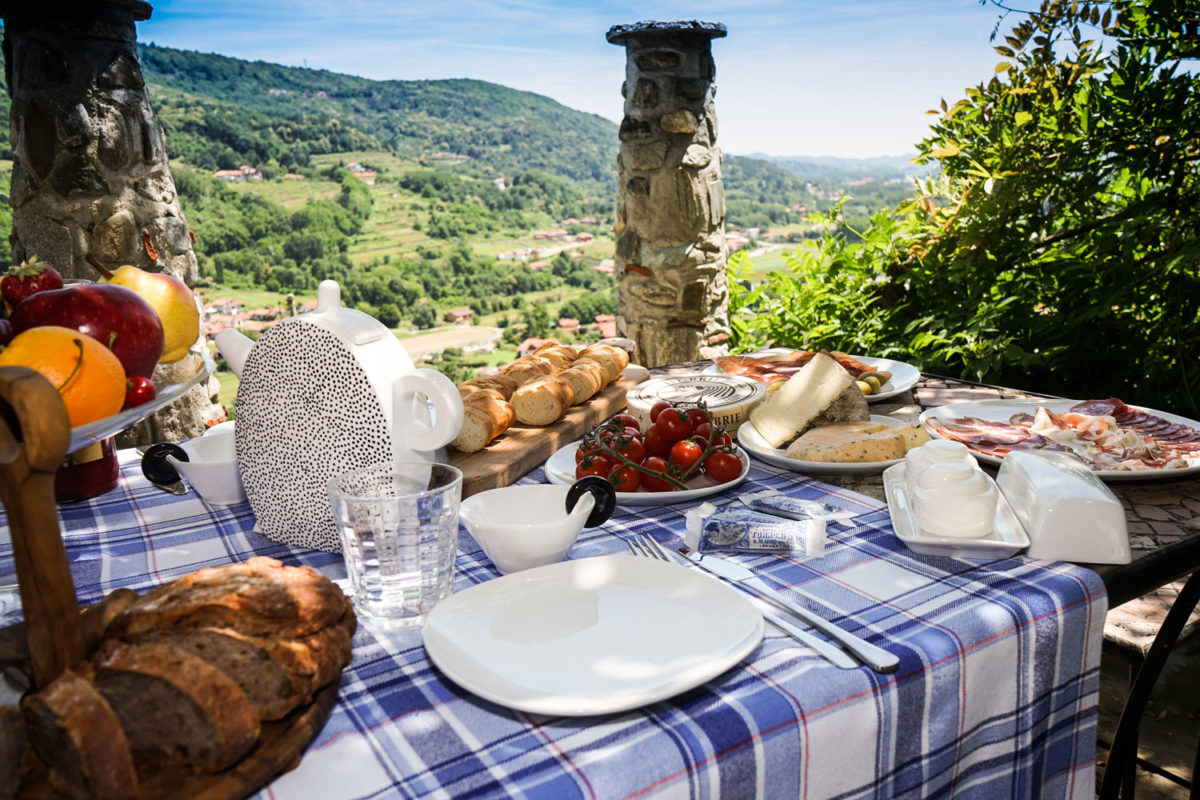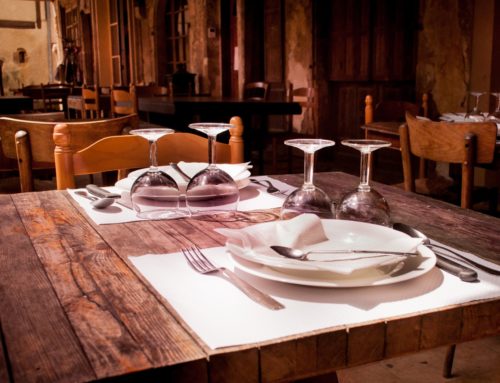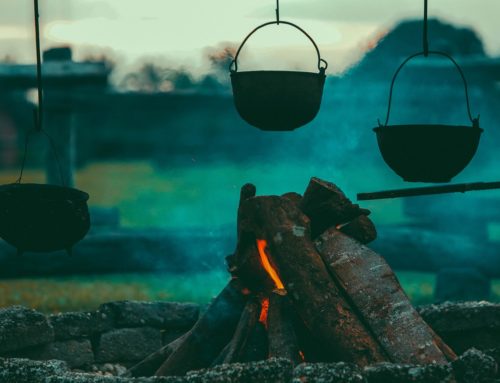Fruits and Vegetables
The hilly areas of the Alto Canavese are renowned for their quality fruit production, especially that of small fruits and apples, often with delicious organic crops. From local fruit and vegetables local shops make artisanal jams, fruit juices, creams, sauces, pickles, and other regional specialties.
From the Forest
Produced in small family-owned businesses , local honey comes from chestnuts, rhododendron, dandelion, alpine flora, acacia, all native to the land. Products from local harvest are also sold as specialties, such as berries, wild herbs, chestnuts and mushrooms.
Wines
The historic wineries of the Canavese Valley are located on the slopes of Carema, the area of terraced vineyards of the Dora Baltea which cling to the rocks, (made with typical stone topion, a kind of pergola), where the prestigious Careman DOCG Nebbiolo is produced.
(Www.caremadoc.it).
In Caluso, on the other hand, from the Erbaluce vine, a straw-yellow white wine with hints of exotic fruit and wild flowers is produced, which is known for creating a harmonious taste on the palate.
From this same vine we also obtain a passito, which is made exclusively in the years in which the healthy grape clusters reach an excellent maturity. The grapes are placed on racks or hung from the peduncle in ventilated rooms and left to wither until March when they are pressed. This grape nectar will age for 3 years, during which it naturally develops particular aromas and flavors. (Produttorierbaluce.it)
Finally, in the alpine valleys of the Canavese area, Genepì is produced, within the Gran Paradiso National Park, where this wine takes a particular respect to the nature and wildlife in the wine-making process.
Fine Cheeses
The cheeses of this region are renowned, from both the fresh and seasoned tomini made from cow or goat’s milk, to the cow’s milk tome di alpeggio, which is sometimes flavored with herbs or processed in traditional forms. One of these is the brüss cheese, which was historically the cheese for the poor, made from fermented leftovers of various tome, or the salignon, a creamy yet spicy type of ricotta.
Each area has retained its own specialty: the aforementioned toma of Ceresole was documented in historical scriptures since 1400; and the famous civrin of Valchiusella whose method remains unchanged; other kinds of goat’s milk cheese combined with either honey and fruit compotes or the traditional canavese mustard (a kind of cotognata).
Charcuterie
Traditional charcuterie such as potato salami are consumed fresh with rustic lard, and in the mountain range a sausage known as mocetta is produced, which was once made from chamois and is nowadays made from goats meat.
Desserts
Notable desserts include the soft amaretti, the meliga paste, the torcetti with butter, and the ancient juraje, which are traditional candies eaten at marriages in Canavese that are usually filled with hazelnuts.
The desserts are prepared with the flour of historic local maize, such as the red Pignoletto of the island, which is also used for polenta



